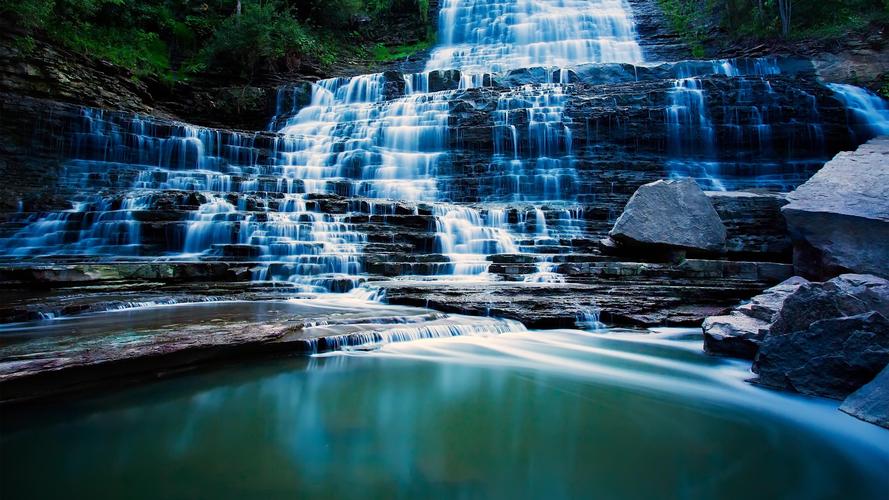Exploring the Beauty of Intangible Cultural Heritage: Examples from Around the World
Intangible cultural heritage refers to the practices, knowledge, and skills that communities, groups, and individuals recognize as part of their history. This cultural heritage is passed down from generation to generation and includes everything from traditional dances, music, storytelling to handicrafts and culinary traditions. While tangible cultural heritage like buildings, monuments, and artifacts are prominently featured in most cultural sites, intangible cultural heritage is often overlooked, but it is equally significant. In this blog post, we will explore the beauty of intangible cultural heritage and highlight some examples from around the world.
What is Intangible Cultural Heritage?
Intangible cultural heritage is not a physical object but a practice, tradition, or knowledge that is passed down from generation to generation. It can be difficult to define intangible cultural heritage, but UNESCO has defined it as “the practices, representations, expressions, knowledge, skills – as well as the instruments, objects, artefacts and cultural spaces associated therewith – that communities, groups and, in some cases, individuals recognize as part of their cultural heritage.”
Intangible cultural heritage includes everything from traditional knowledge, folklore, language, and music to customary celebrations and festivals. It is often deeply rooted in a community’s history and is an important part of its identity. Therefore, safeguarding intangible cultural heritage is essential to keep alive a community’s culture and to promote respect for cultural diversity.
Examples of Intangible Cultural Heritage
Intangible cultural heritage is present in almost every country and community. Here are some examples of intangible cultural heritage practices from around the world:
1. Samba, Brazil
Samba is a lively and rhythmic dance that originated in Brazil in the early 20th century. It is an integral part of Brazilian culture and is recognized as a symbol of Brazilian national identity. Samba is performed at numerous Brazilian festivities like Carnaval, and it has spread to other parts of the world.
2. Henna Art, India
Henna art is a traditional form of body decoration that originated in South Asia. It is practiced on occasions like weddings and festivals, and the intricate designs and patterns vary from region to region. Henna art is passed down through generations and is an important part of the Indian cultural heritage.
3. Dabkeh Dance, Palestine
Dabkeh is a traditional Palestinian folk dance performed by men and women holding hands and forming a line or circle. The dance represents Palestinian unity, resistance, and joy. It is performed on occasions like weddings, cultural events, and political rallies.
4. Silk Weaving, Thailand
Silk weaving is an ancient art that has been practiced in Thailand for centuries. It involves weaving silk threads into intricate patterns and designs using traditional looms. Thai silk weaving is a nationally recognized art form that is passed down through families and communities, and it is an important part of the Thai cultural heritage.
Why is Intangible Cultural Heritage Important?
Intangible cultural heritage is important because it represents the diversity of human creativity and expression. It provides a sense of identity and continuity for communities, helps to promote social cohesion and mutual respect, and contributes to sustainable development. Safeguarding intangible cultural heritage ensures that the practices, knowledge, and skills are preserved for future generations.
In conclusion, intangible cultural heritage is an invaluable component of cultural diversity and human creativity. By showcasing and safeguarding intangible cultural heritage practices, we can promote respect for cultural diversity and foster intercultural dialogue. As individuals and communities, it is vital that we recognize and embrace intangible cultural heritage practices and work towards their preservation and transmission to future generations.
(Note: Do you have knowledge or insights to share? Unlock new opportunities and expand your reach by joining our authors team. Click Registration to join us and share your expertise with our readers.)
Speech tips:
Please note that any statements involving politics will not be approved.
